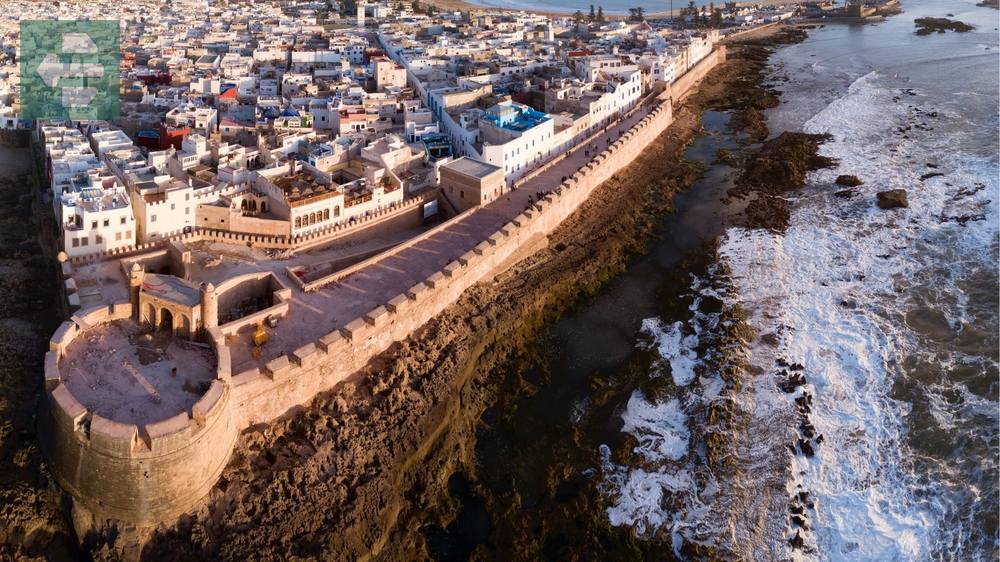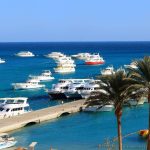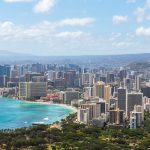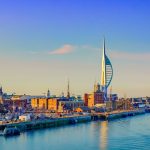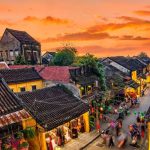Morocco offers extraordinary diversity, from imperial cities like Marrakech and Fez to the blue streets of Chefchaouen and the endless dunes of the Sahara Desert. The country blends ancient medinas with Atlantic beaches and snow-capped Atlas Mountains.
Keep reading as we explore the best places to go in Morocco that will transform your travel dreams into unforgettable memories.
List of Contents
- 1. Marrakech: The Red City That Never Sleeps
- 2. Fez: Living Medieval History
- 3. Chefchaouen: The Blue Pearl
- 4. Sahara Desert: Silence and Stars
- 5. Essaouira: Atlantic Winds and Bohemian Vibes
- 6. Atlas Mountains: Morocco's Rooftop
- 7. Casablanca: Modern Morocco Meets Tradition
- 8. Ait Benhaddou: Hollywood's Favorite Kasbah
- 9. Rabat: Capital Calm and Royal Heritage
- 10. Meknes: The Forgotten Imperial City
- 11. Tangier: Gateway Between Continents
- 12. Ouarzazate: Gateway to the Desert
1. Marrakech: The Red City That Never Sleeps
Marrakech pulses with energy from sunrise to midnight. The medina walls glow terracotta red against the Atlas Mountain backdrop, earning this imperial city its famous nickname.
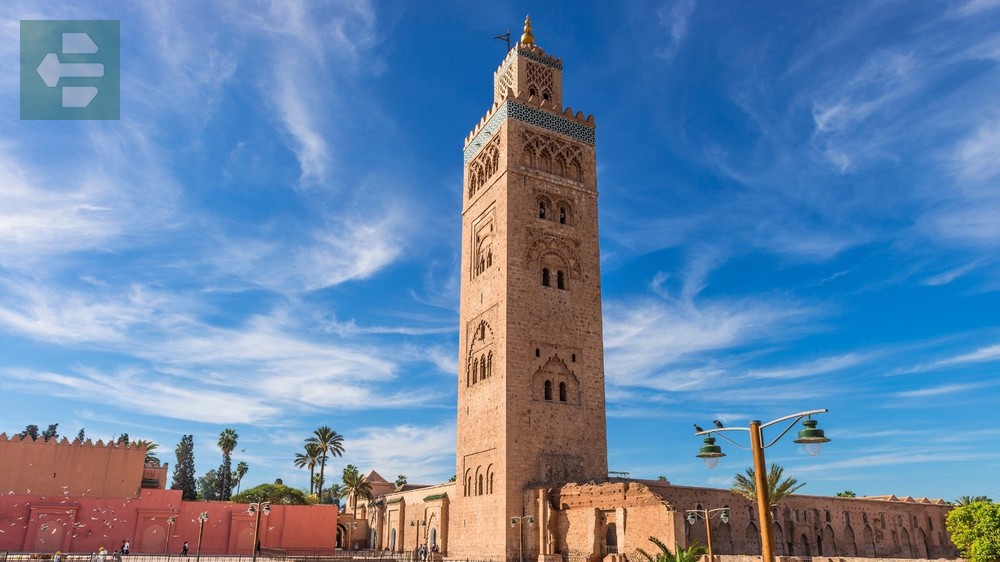
Jemaa el-Fnaa square transforms throughout the day. Morning brings fresh orange juice vendors and snake charmers. By evening, the space fills with storytellers, musicians, and food stalls creating an intoxicating symphony of sounds and aromas.
I learned to navigate the souks by following the scent of mint tea and leather goods. The labyrinthine passages reveal hidden workshops where craftsmen hammer copper and weave carpets using techniques passed down through generations.
Quick Facts:
- Peak Season: October to April
- How to Get There: Marrakech Menara Airport, train from Casablanca
- Entrance Fees: From free (medina) to $8 (gardens)
- Suggested Stay: 3-4 days
- Key Areas: Jemaa el-Fnaa, Majorelle Garden, Bahia Palace, Saadian Tombs
2. Fez: Living Medieval History
Fez el-Bali is the world's largest car-free urban area, where donkeys still deliver goods through narrow medieval streets. This UNESCO World Heritage medina has remained virtually unchanged for over 1,000 years.
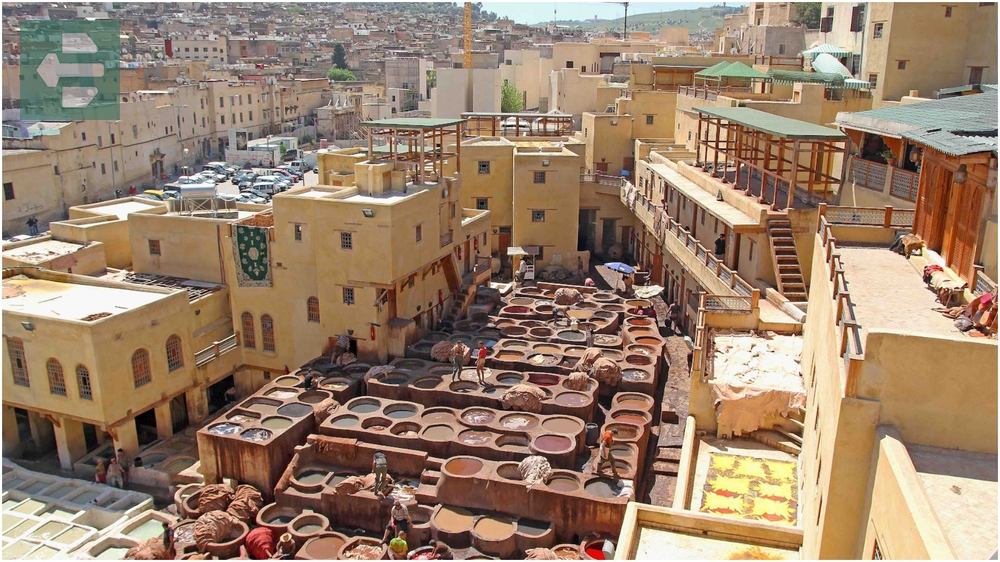
The tanneries offer Morocco's most visceral experience. Leather workers stand knee-deep in natural dye vats, creating goods using methods their ancestors perfected centuries ago. Accept the mint leaves offered to visitors—you'll need them.
Getting lost here isn't frustrating; it's inevitable and wonderful. Every wrong turn leads to discoveries: hidden madrasas, tiny workshops, or locals sharing mint tea and stories.
Quick Facts:
- Peak Season: March to May, September to November
- How to Get There: Train from Casablanca or Rabat
- Entrance Fees: From free (medina) to $3 (museums)
- Suggested Stay: 2-3 days
- Key Areas: Fez el-Bali, Bou Inania Madrasa, Chouara Tannery, Al-Attarine Madrasa
3. Chefchaouen: The Blue Pearl
Chefchaouen clings to the Rif Mountains like a sapphire scattered across green velvet. Nearly every building wears shades of blue, creating Morocco's most photogenic destination.
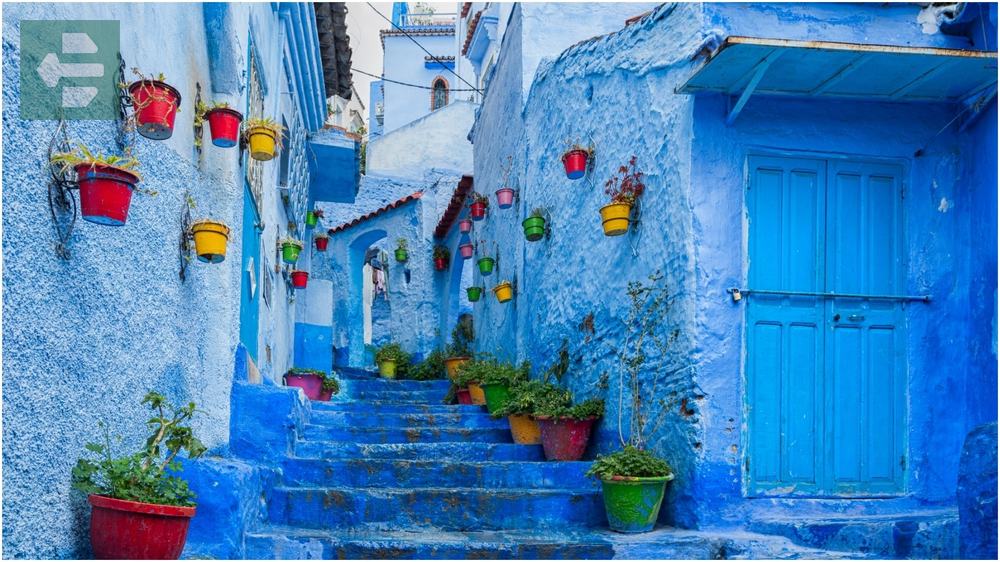
The blue tradition began with Jewish refugees in the 1930s, who painted homes to represent the sky and heaven. Today, locals maintain this custom, refreshing the paint each spring.
Early morning brings the best light for photography and peaceful exploration. The medina's blue alleyways lead to rooftop cafes where you can sip mint tea while mountains frame the azure cityscape.
Quick Facts:
- Peak Season: April to June, September to October
- How to Get There: Bus from Fez or Tangier
- Entrance Fees: Free (city streets)
- Suggested Stay: 1-2 days
- Key Areas: Plaza Uta el-Hammam, Kasbah Museum, Ras Elma Waterfall, Spanish Mosque viewpoint
4. Sahara Desert: Silence and Stars
The Sahara stretches beyond imagination—an ocean of sand where silence becomes tangible. Erg Chebbi's dunes near Merzouga rise 500 feet, shifting shapes with each wind.

Camel trekking at sunset reveals the desert's magic. As daylight fades, the sand transforms from gold to deep amber, while the temperature drops dramatically. Desert camps offer Berber music around crackling fires under star-filled skies.
I'll never forget my first desert night. Without light pollution, the Milky Way appeared so bright I could read by starlight. The silence was profound—no engines, no voices, just infinite space and time.
Quick Facts:
- Peak Season: October to April
- How to Get There: Drive or tour from Marrakech or Fez
- Entrance Fees: Free (desert access)
- Suggested Stay: 2-3 days
- Key Areas: Erg Chebbi (Merzouga), Erg Chigaga (M'Hamid), Zagora, desert camps
5. Essaouira: Atlantic Winds and Bohemian Vibes
Essaouira's Portuguese-built ramparts face the Atlantic, where trade winds create perfect conditions for windsurfing and kitesurfing. This coastal gem balances Moroccan tradition with relaxed seaside culture.
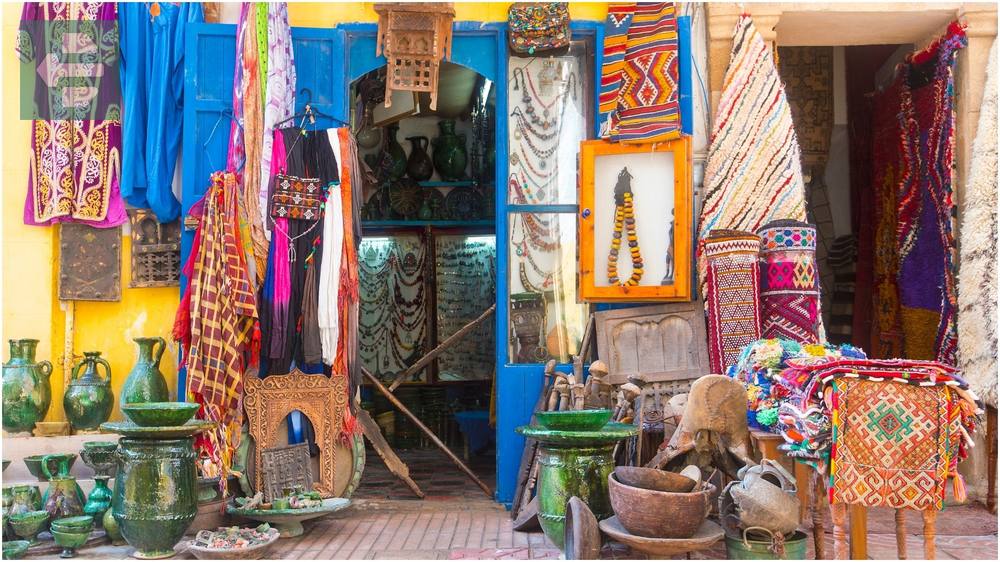
The medina feels different from inland cities—wider streets, ocean breezes, and a laid-back atmosphere that attracts artists and musicians. Gnawa music fills evening air while fishermen mend nets in the harbor.
Fresh seafood defines the culinary experience. Local fishermen sell daily catches at the port, while nearby grills prepare your selection with minimal seasoning—letting Atlantic flavors speak for themselves.
Quick Facts:
- Peak Season: April to October
- How to Get There: Bus from Marrakech or Casablanca
- Entrance Fees: Free (city and beaches)
- Suggested Stay: 2-3 days
- Key Areas: Skala de la Ville, fishing port, Moulay Hassan Square, Diabat Beach
6. Atlas Mountains: Morocco's Rooftop
The High Atlas Mountains create Morocco's dramatic backbone, with Toubkal peak reaching 13,671 feet. Berber villages cling to steep valleys where traditional life continues unchanged.
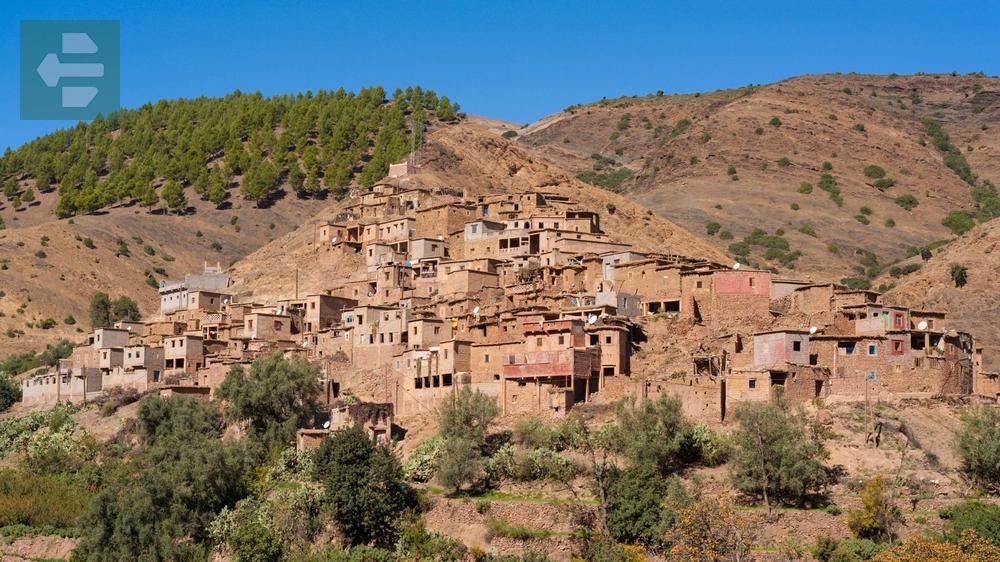
Imlil village serves as base camp for Toubkal ascents, but the journey matters more than the summit. Terraced fields cascade down mountainsides while mule trains carry supplies to remote villages accessible only on foot.
Mountain hospitality runs deep here. Berber families invite travelers for mint tea and tagines, sharing stories while snow-capped peaks frame adobe homes. These encounters remind you why slow travel beats rushing through destinations.
Quick Facts:
- Peak Season: May to September (summer), December to February (winter sports)
- How to Get There: Drive from Marrakech to Imlil
- Entrance Fees: Free (mountains and villages)
- Suggested Stay: 2-4 days
- Key Areas: Imlil, Ourika Valley, Mount Toubkal, Berber villages
7. Casablanca: Modern Morocco Meets Tradition
Casablanca embodies modern Morocco—gleaming businesses districts alongside colonial architecture and traditional medinas. The Hassan II Mosque dominates the skyline with its 689-foot minaret facing the Atlantic.
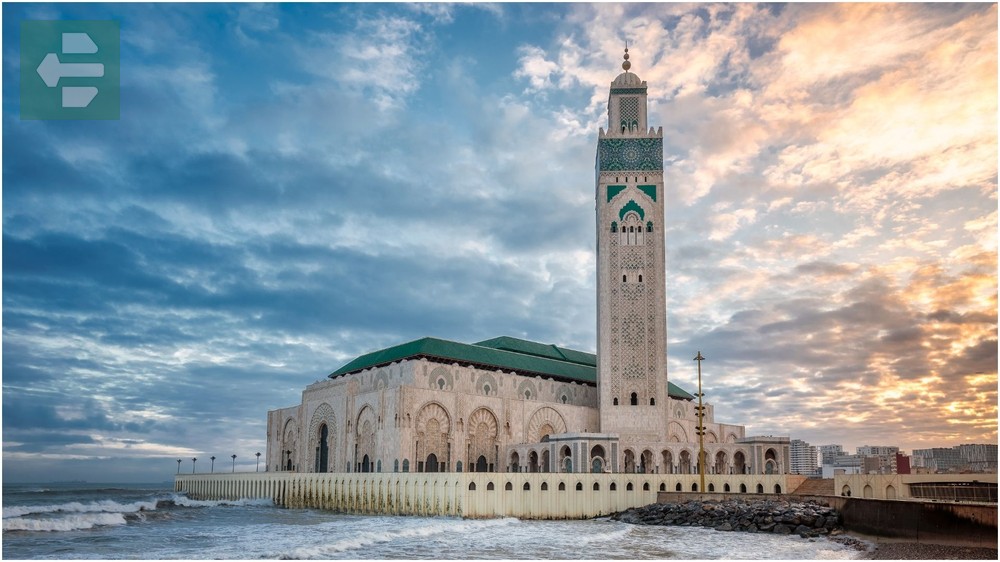
The mosque accommodates 105,000 worshippers and opens to non-Muslims for guided tours. Its location on ocean cliffs creates dramatic views where religious architecture meets crashing waves.
Downtown Casa reveals Morocco's economic heart. Art deco buildings from the French Protectorate house contemporary cafes and boutiques, creating an atmosphere distinctly different from medieval imperial cities.
Quick Facts:
- Peak Season: March to May, September to November
- How to Get There: Mohammed V International Airport, train connections
- Entrance Fees: From free (city) to $13 (Hassan II Mosque tour)
- Suggested Stay: 1-2 days
- Key Areas: Hassan II Mosque, Old Medina, Corniche, Ain Diab, Art Deco downtown
8. Ait Benhaddou: Hollywood's Favorite Kasbah
Ait Benhaddou rises from desert plains like a sandcastle built by giants. This fortified village represents traditional Moroccan architecture at its finest—earthen buildings that seem to grow from the landscape itself.
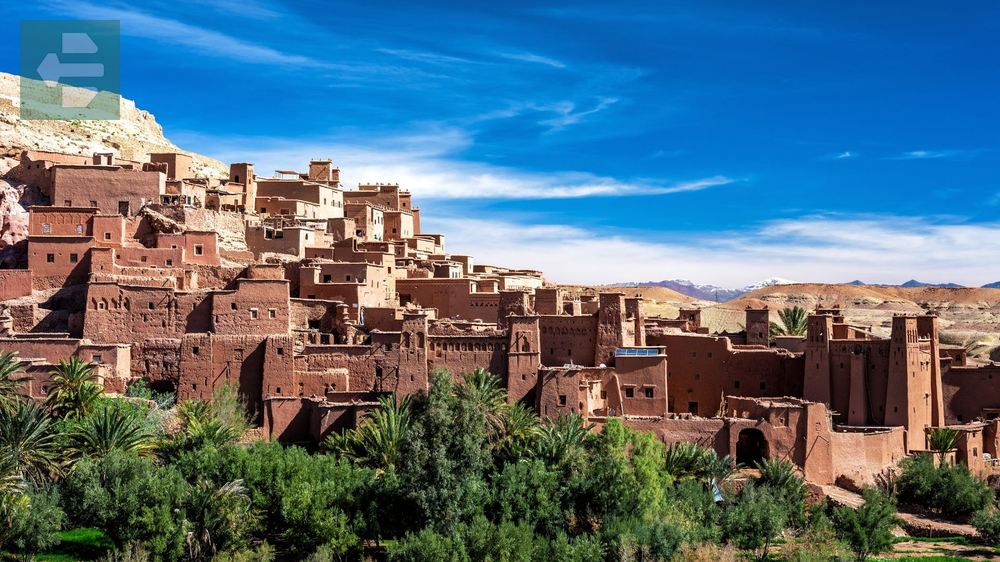
Film crews discovered this UNESCO site decades ago. Game of Thrones, Gladiator, and Lawrence of Arabia all used these ancient walls as backdrops, but no camera captures the texture of sun-baked clay or the play of shadows across centuries-old courtyards.
Cross the seasonal river on foot to reach the kasbah. Climbing to the top rewards visitors with panoramic views of the Ounila Valley and understanding of how strategic positioning once controlled trans-Saharan trade routes.
Quick Facts:
- Peak Season: October to April
- How to Get There: Drive from Marrakech or Ouarzazate
- Entrance Fees: From $2 (village access)
- Suggested Stay: Half-day visit
- Key Areas: Fortified village, granary, mosque ruins, viewpoint
9. Rabat: Capital Calm and Royal Heritage
Morocco's capital maintains dignity and order that contrasts sharply with busier imperial cities. Wide boulevards lined with palm trees lead to monuments celebrating both ancient and modern Moroccan identity.

The Hassan Tower and Mohammed V Mausoleum create an impressive complex where Almohad ruins meet contemporary royal architecture. The unfinished minaret from 1195 stands beside the final resting place of modern Morocco's founding king.
Rabat's medina feels manageable and authentic without overwhelming tourist pressure. The Kasbah of the Udayas overlooks the Bou Regreg River, offering peaceful gardens and Atlantic views that provide respite from urban energy.
Quick Facts:
- Peak Season: March to May, September to November
- How to Get There: Train from Casablanca or bus connections
- Entrance Fees: From free (medina) to $3 (monuments)
- Suggested Stay: 1-2 days
- Key Areas: Hassan Tower, Mohammed V Mausoleum, Kasbah of the Udayas, Modern Ville Nouvelle
10. Meknes: The Forgotten Imperial City
Meknes lacks the tourist crowds of Marrakech and Fez, making it perfect for experiencing imperial Morocco without constant hustling. Sultan Moulay Ismail built this city to rival Versailles, creating massive walls and monumental gates.

Bab Mansour gate ranks among Morocco's most beautiful entrances—intricate tilework and horseshoe arches that took twelve years to complete. Beyond lies a medina where daily life proceeds without tourist performance.
The nearby Roman ruins of Volubilis provide historical context. These well-preserved mosaics and columns remind visitors that Morocco's strategic importance spans millennia, connecting Africa, Europe, and the Arab world.
Quick Facts:
- Peak Season: March to May, October to November
- How to Get There: Train from Fez or Rabat
- Entrance Fees: From free (medina) to $7 (Volubilis ruins)
- Suggested Stay: 1-2 days
- Key Areas: Bab Mansour, Heri es-Souani granaries, Mausoleum of Moulay Ismail, Volubilis
11. Tangier: Gateway Between Continents
Tangier occupies Africa's northwestern tip, where Mediterranean meets Atlantic and Europe lies just nine miles across the Strait of Gibraltar. This international zone has attracted writers, spies, and adventurers for centuries.

The medina tumbles down hillsides toward busy ports where ferries connect Morocco to Spain. Narrow streets reveal the Petit Socco square, once notorious for international intrigue, now home to cafes where old men play cards and drink mint tea.
Cape Spartel marks Africa's northwestern point, where lighthouse beams sweep across waters connecting two continents. Watching sunset from here provides perspective on Morocco's position as bridge between worlds.
Quick Facts:
- Peak Season: April to October
- How to Get There: Ferry from Spain, train from Rabat or Casablanca
- Entrance Fees: Free (city and cape)
- Suggested Stay: 1-2 days
- Key Areas: Medina, Petit Socco, Grand Socco, Cape Spartel, Hercules Caves
12. Ouarzazate: Gateway to the Desert
Ouarzazate earned its nickname “Hollywood of Morocco” by hosting major film productions, but this desert crossroads offers more than movie studios. The town serves as launch pad for Sahara adventures while providing insight into southern Moroccan culture.

Taourirt Kasbah dominates the town center—a restored fortress showcasing traditional architecture and providing panoramic views across palm groves toward distant mountains. The complex demonstrates how strategic positioning once controlled trade routes.
Atlas Film Studios offer behind-the-scenes glimpses of movie magic, but the surrounding landscape provides the real drama. Red earth plateaus stretch toward sand dunes while snow-capped peaks create backdrops that no studio can replicate.
Quick Facts:
- Peak Season: October to April
- How to Get There: Flight from Casablanca, drive from Marrakech
- Entrance Fees: From free (town) to $8 (film studios)
- Suggested Stay: 1-2 days
- Key Areas: Taourirt Kasbah, Atlas Film Studios, Fint Oasis, Road to Sahara Desert
Morocco rewards travelers who embrace its contradictions—ancient medinas and modern airports, desert silence and urban chaos, mint tea traditions and contemporary cafes. The best places to go in Morocco offer glimpses into a culture that bridges continents while maintaining its unique identity.
Your Moroccan adventure begins with choosing which experiences call strongest—imperial history, desert vastness, mountain peaks, or coastal winds. Each destination connects to others through shared traditions and stunning landscapes.
Pack light but bring curiosity. Morocco transforms travelers who arrive open to unexpected discoveries and genuine connections with people whose hospitality has welcomed visitors for centuries.
